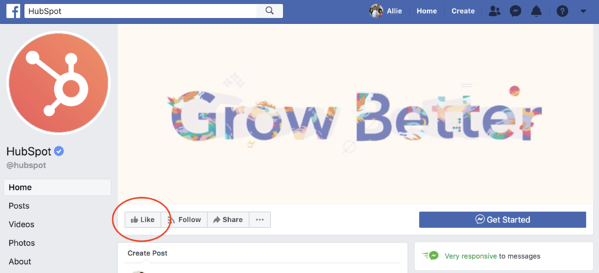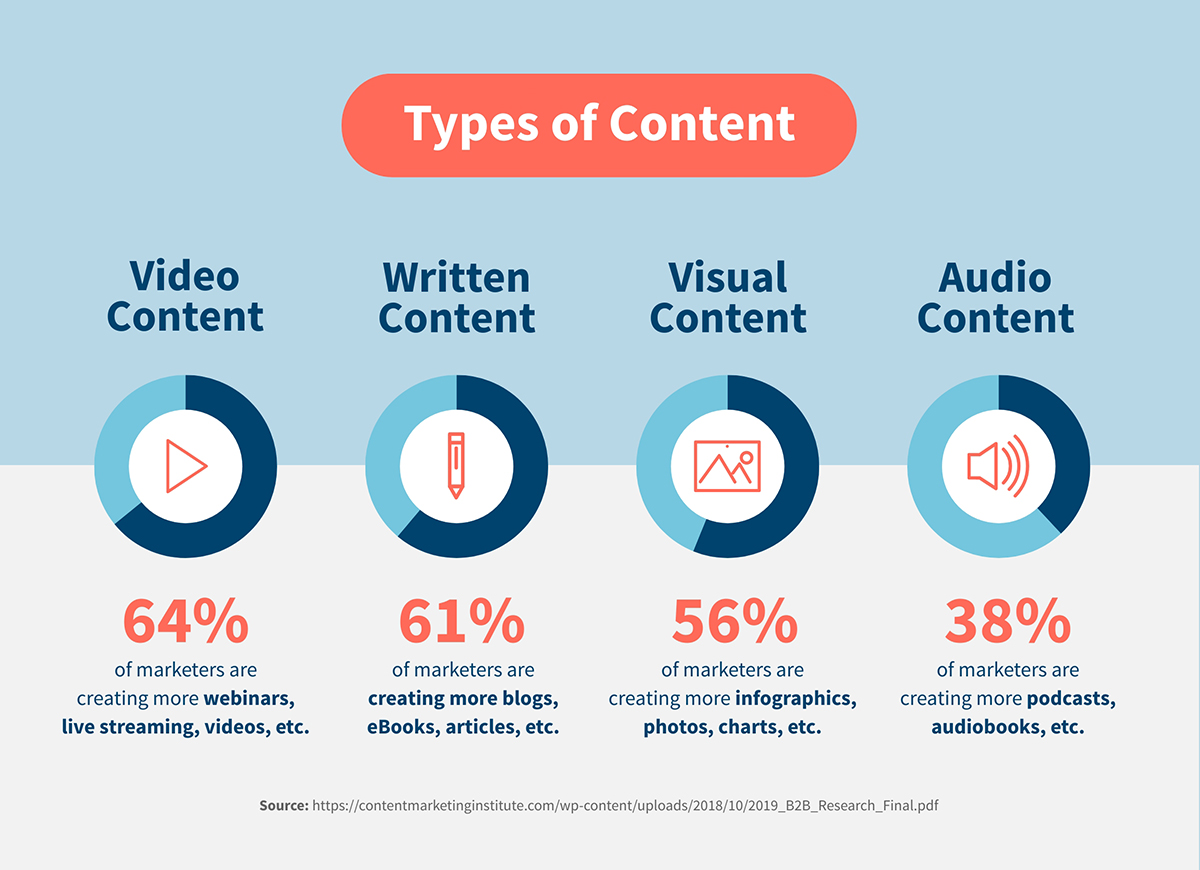
A content calendar is an essential part of a social media strategy, which helps you plan and create your posts. Social media platforms require more detail, so it is vital to plan each post. Your social media calendar should include basic information, such as value and geo-targeting. Unbounce and CoSchedule can be used to manage your content calendar. Your content calendar should not only include the content that you create, but also other important aspects such as who your target audience is.
How to make a content-rich calendar
Content calendars can help you organize your content strategy and plan it. They can be as simple as a spreadsheet or as complicated as a tool like Asana. You can easily add comments, excerpts and files to each section of content. Creating a content calendar will help you create more content with less time. Here are some suggestions to help you create a content schedule that works for your needs.
- Develop a buyer persona. This helps you understand what content buyers are looking for. This helps you keep track of the frequency with which content is published. You can create a calendar for each type and amount of content. You'll be able to determine how often you will post each type of content, and how long it will stay live. Knowing your audience's needs will allow you to customize your content calendar. A content calendar can be created for social media, email, and other channels.
Designing a social content calendar
It is possible to efficiently allocate your social media resources by creating a content calendar. As long as the calendar contains all finalized posts, it can be as complex as you wish. This will make your life easier and allow you to spend more time brainstorming. You can import the calendar to Google Calendar. Once you have created a social media content calendar, you can add new elements to it as needed.

If you are creating a social content calendar for social media, be sure to include metadata for each post. This metadata can include hashtags or channels, time of the day, targeted audience, and even time of day. Your social media efforts will be enhanced if you include relevant @-mentions. You will be able to quickly see your plans. Once you have a schedule in place you can start planning content. Consider creating a weekly editorial plan if your team is working together.
CoSchedule allows you to manage a content calendar
Managing a content calendar is crucial for every business, whether you are a small-scale business or a global one with dozens of users. A content calendar can help you set priorities, achieve deadlines, avoid ambiguity, and prioritize tasks. A calendar can help you ensure your team is on the same page. You can also assign tasks to your team members, letting them know exactly what they need to complete.
You are likely to have several tasks and projects as a content marketer. There may be more ideas than you have time, but not enough time to finish each one. CoSchedule provides a solution. This all-in-one marketing platform helps you plan, manage, and schedule content across your team. CoSchedule lets you collaborate with your colleagues to create a content schedule.
Managing a content calendar with Unbounce
Unb bounce allows you to create a content schedule and organize your blog posts. This will help you optimize your distribution of SEO content. You can also add tags and comments to improve organization. It's useful for tracking progress and incorporating SEO recommendations. Content calendars are a living document and should be updated regularly. These are some helpful tips to create a content schedule that works for you and your company.

Your content strategy will be enhanced by the use of content calendars. They help you keep track of the exact date and place where your content will be published. They provide data-driven insights about the effectiveness and impact of your content. A content calendar can help you track your marketing efforts if you are working with complex content strategies. To make sure you never miss a deadline, you can use a content planner if you plan on publishing content every week or daily.
FAQ
How can you make great content?
Good content should be interesting, useful, and shareable. The best content is clear and concise. It should include a call-to action such as a link, button, or link that allows readers to signup for a free trial, find out more about a product/purchase something from your site. Your content should include visuals to be easily shared on all platforms.
What is Content marketing?
This is a strategy that creates valuable, relevant content for your website or blog. This content could include text, images and infographics.
What is Content Marketing?
Your site is visited by someone who is looking for something. They will be happy if they find what you need. They will go to another place if they don’t find the answer. Content marketing is about creating useful, helpful information that answers queries, solves problems, or provides value. This content can also be used on social media, email and other platforms. You can use this content across all platforms (social media, email, etc.) so that people always have access.
Why do I need to have a Content Marketing Strategy. Why not just post social media updates or send emails?
Two main reasons you may choose to ignore a Content Marketing Strategy.
-
Perhaps you think email marketing and social networking posts are enough for people to talk about your brand.
-
You might think that posting on social media or email marketing is impossible if you haven’t tried it.
Both assumptions are incorrect.
Email marketing and social media posts are great ways to connect with prospects and customers. However, these are not sufficient.
A single email campaign won't be enough to help you achieve your goals. Your email campaign should be part a larger strategy. And social media posts alone won't help you achieve your goals either. They must be part of a comprehensive plan.
This is where your Content Marketing Strategy comes in. A Content Marketing Strategy is a plan that sets clear goals for each piece. This will allow you to manage the entire content creation process.
You'll have more time to concentrate on other important aspects of running your company, such as growing your audience and increasing conversions.
And even though there are many benefits to having a Content Marketing Strategy, it doesn't mean it's easy.
However, a strategy is a key to success.
How do you measure success with content-marketing?
There are many ways you can measure the success of your content marketing strategies.
Google Analytics is one of the best measurement tools. This tool will allow you to see from where your targeted traffic comes and the pages they visit most often.
It also displays how long each visitor remains on your website before leaving.
This information can be used to improve your content and to keep people engaged for longer periods.
The following questions will help you to measure the success and failure of your content marketing efforts:
Are my new subscribers getting any value out of my email newsletters? What percentage of my mailing list have purchased paid memberships? How many people have clicked through my landing page? Are click-throughs more successful than other types of conversions?
These are all important metrics to track, monitor, and report on over time.
Another way to measure your content marketing success? Look at how often people share links to your content on social networks.
Consider starting now if this is something you aren't doing. It could be the difference between being visible and being ignored in your industry.
How does Content Marketing Strategy help me?
A Content Marketing Strategy gives you access to data you wouldn't otherwise have. This data allows you to measure which types of content perform better than others.
It can help you decide which strategies are best to drive traffic to you site. And it provides insight into your audience's behavior so that you can develop even better content.
This allows you to focus on the good content and less worrying about whether it works.
A Content Marketing Strategy also helps you analyze what messages resonate most with your audience.
You can find out their preferred content by analysing these messages. So that you can continue creating similar content and keeping those ideas in motion.
A Content Marketing Strategy allows you to track the performance and effectiveness of your content. You can quickly see which types of content converts best by sharing them more.
In summary, a Content Marketing Strategy will ensure that your content performs to its potential.
What amount should I spend on content marketing?
That depends on how many leads you want to generate. Depending on industry, the average lead cost is between $5-$10. We spent $20 per lead when we started our business. Now we spend $6-7 per leads.
Statistics
- This marketing strategy landed Ford a 15.4% conversion rate. (neilpatel.com)
- Progress indicators (0–100%) allow each team member to see how attainable each goal is and understand what remains to be accomplished. (semrush.com)
- According to research compiled by Coschedule: Companies that publish 16+ blog posts a month get as much as 3.5x as much traffic as those that publish 0-4 posts a month. (criteo.com)
- Companies that use content marketing see approximately 30% higher growth rates than businesses not using it. (mailchimp.com)
- Forty-seven percent of buyers view 3 to 5 pieces of content before engaging with a sales representative. (mailchimp.com)
- Content marketing produces 3X more leads per dollar spent. Content marketing costs 62% less than traditional marketing. (criteo.com)
- Measure your goals with a progress indicator of 0-100%. Make your goals collaborative and transparent (semrush.com)
- In fact, would pay more for a better customer experience, and 86% of B2B buyers would pay more. (neilpatel.com)
External Links
How To
How do you develop a content marketing strategy?
The first step is understanding what kind of content you want to create for your clients. Once you have this information, it is time to begin creating content. This might mean that you need to create an editorial calendar, and plan where the content will be coming from. Content should always have a purpose. It doesn't matter what type of content it is, blog posts, social updates, or any other, they all must serve a single purpose.
After you have decided what type of content you want, it is important to identify your target market. Which market are they most interested in and what is their motivation for buying the content you offer?
After identifying your target market, next comes finding ways to communicate with them. However, social media platforms can be an effective way to communicate with people. There are also other options like videos, podcasts or webinars.
After deciding how you will communicate with your market, the next step is figuring out what topics and types of content you want to cover. This will help you to understand why you are writing the content. What problem is it solving? Is it helpful? Does it make their life easier
Now that we know what type of content we write, it is time to determine what you want. Is it possible to share information related to your industry? On current events? Concerning specific products and/or services? Your focus will be determined by the answer to this question.
Finally, after answering all those questions, it's the right time to combine everything in one package.
You want to ensure that every piece of content you create serves its purpose. You don't want anyone to waste their time and energy so make sure you build quality into all aspects of your content.
A great content marketing strategy is not complete without many moving parts.